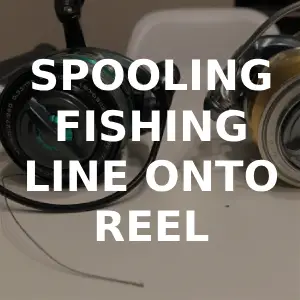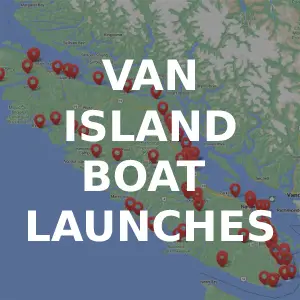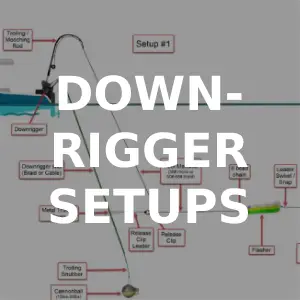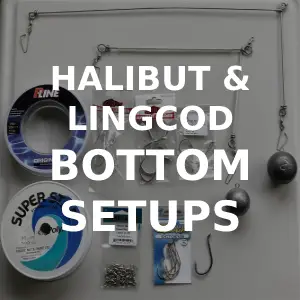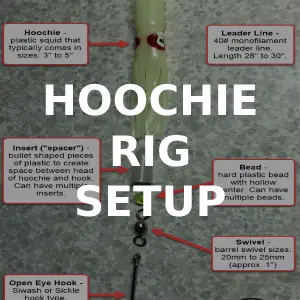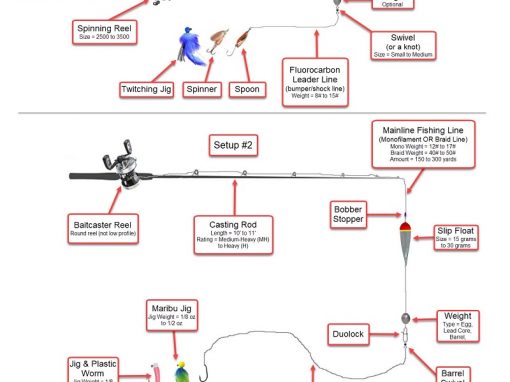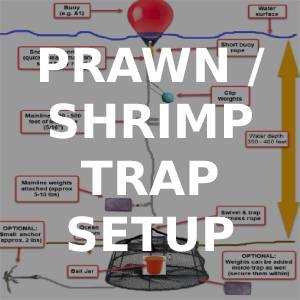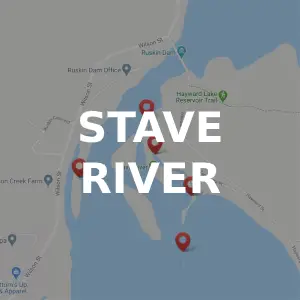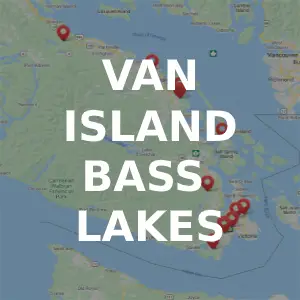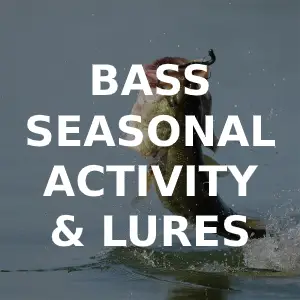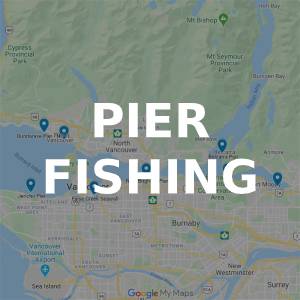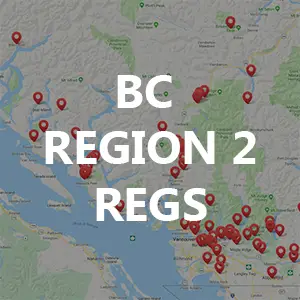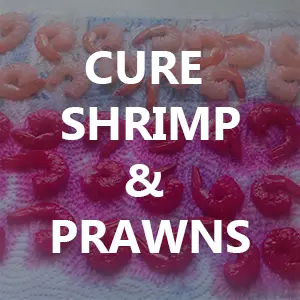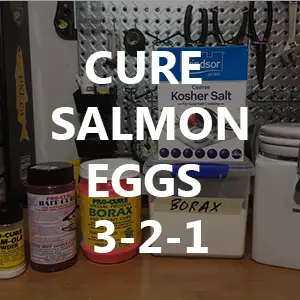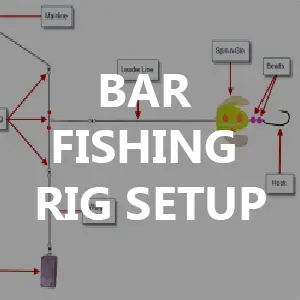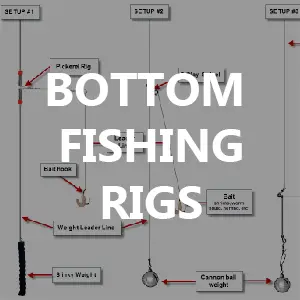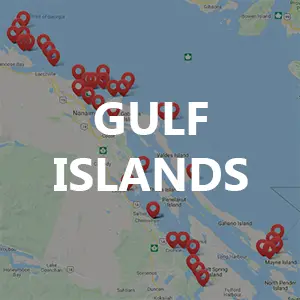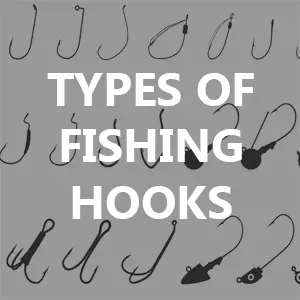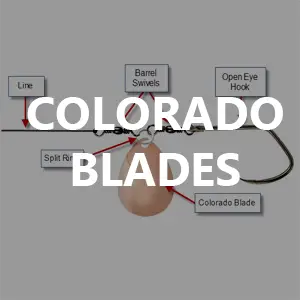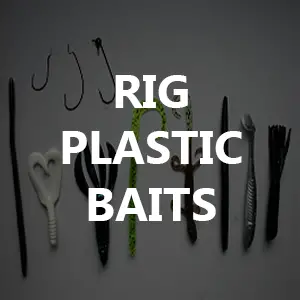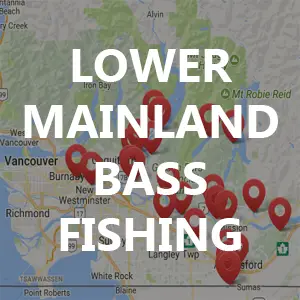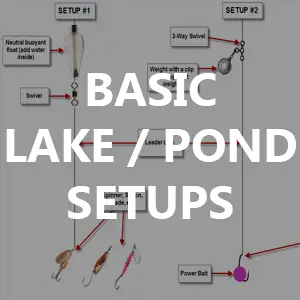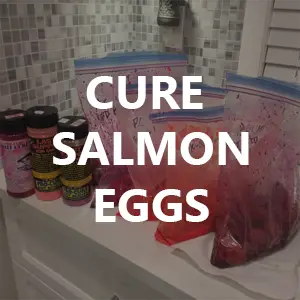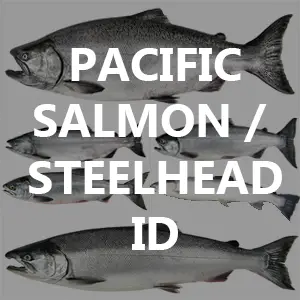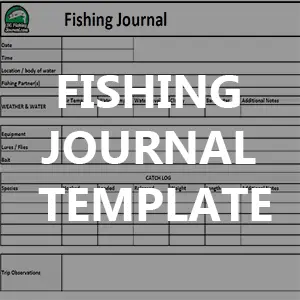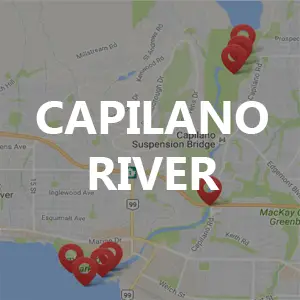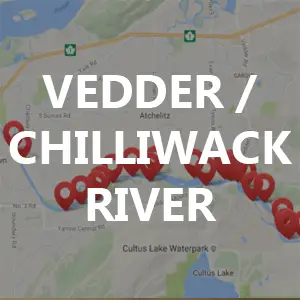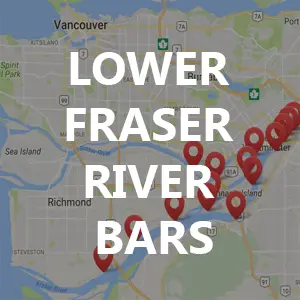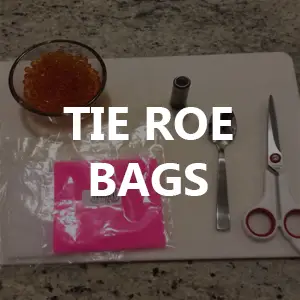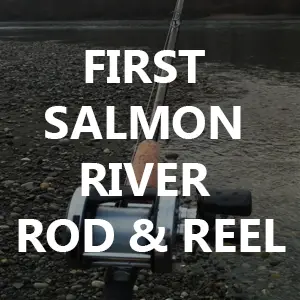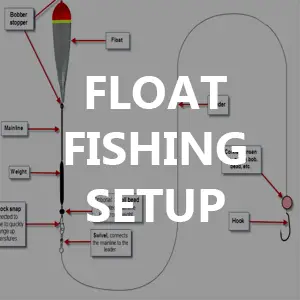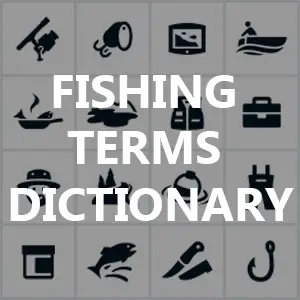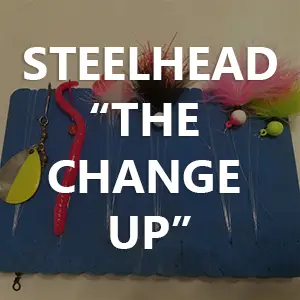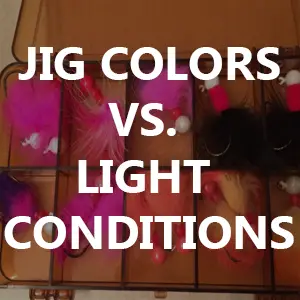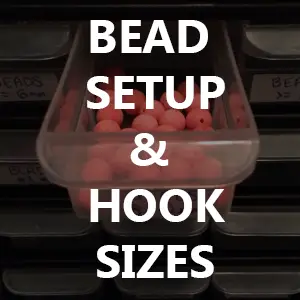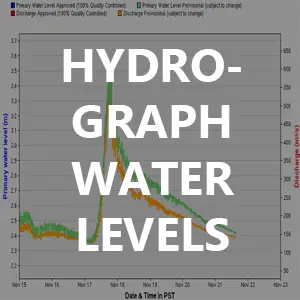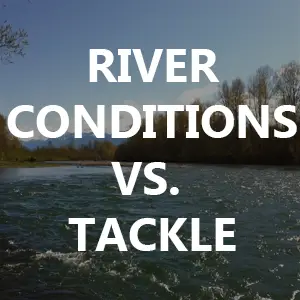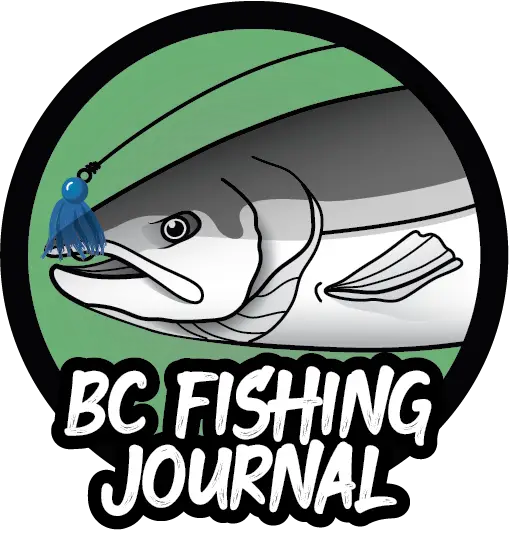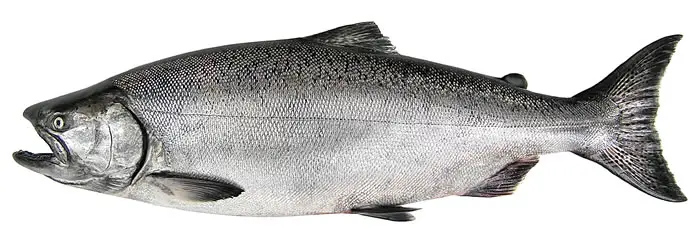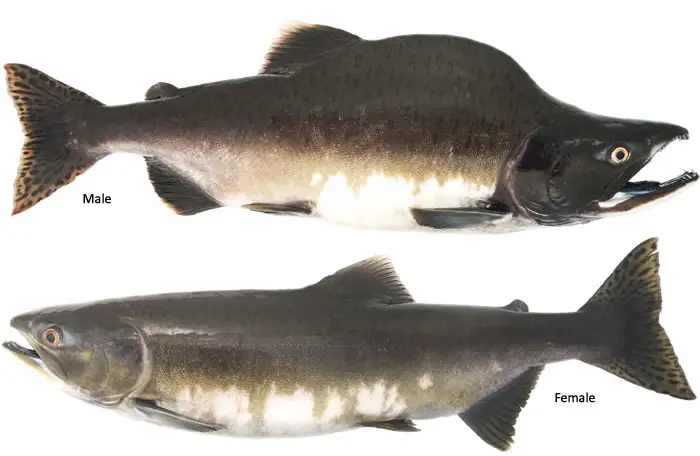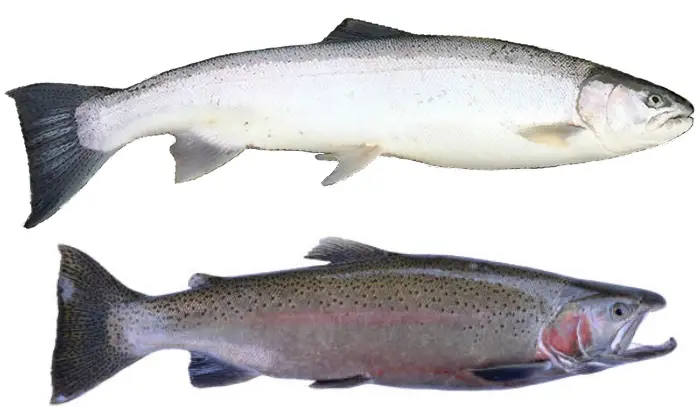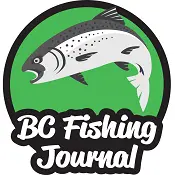Pacific Salmon / Steelhead Identification and Lifecycle
Salmon live the majority of their lives in the Ocean (Marine phase). When Salmon are ready to spawn and return to the fresh water they begin to make some dramatic transitions in their shape and color. In this phase, males and females both uniquely change in dramatic fashion. This tip provides information on each of these phases along with details on how to properly identify your fish.
Marine Phase (Ocean)
Chinook Salmon
- Mouth is dark with a black gum line
- Large, sharp teeth
- Spots on both lobes of tail
- Large spots on back
Coho Salmon
- Mouth is light with a white gum line
- Medium size, sharp teeth
- Spots only on upper lobe of tail
- Spots on back
- Wide caudal peduncle
Pink Salmon
- Mouth is white with a black gum line.
- In marine areas, almost no teeth
- Large oval spots on both lobes of tail
- Large black spots on back
- Pointed lower jaw
- No silver on tail
- Very small scales
Chum Salmon
- Mouth is white with a white gum line
- Well developed teeth
- No spots on tail or back
- Calico markings (vertical bars) – faint on bright fish
- Narrow caudal peduncle
- White tip on anal fin
Sockeye Salmon
- Mouth is white with a white gum line
- Almost toothless
- No spots on tail or back
- Large, bright gold, glassy eye
Spawning Phase (Fresh Water)
Chinook Salmon
- Olive-brown colored body
- Large spots on back and both lobes of tail
- Mouth is black with black/grey gum line
Coho Salmon
- Greenish-black head with red to maroon colored body
- Spots on back and only upper lobe of tail
- Mouth is black with white gum line
Pink Salmon
- Vast majority return during odd-numbered years
- Large oblong spots Male on back and both lobes of tail
- Males develop pronounced hump
Chum Salmon
- No spots on back or tail
- Greenish to dusky mottling on sides
- Males have reddish-purple vertical markings
Marine & Spawning Phase (Ocean & Fresh Water)
Steelhead (Ocean Run Rainbow Trout)
- Spots on tail and back
- White belly with distinct grey lined back
- Large square shaped tail (no fork)
- Spawning Steelhead will get a darker green color, spots with a more prominent red stripe and gill plate.
Salmon Lifecycle
Phase #1 – Spawning & Eggs
Once the salmon doe reaches her spawning ground, she will dig a nest in the gravel (usually with the male/buck next to her). She’ll then drop thousands of unfertilized eggs into the nest, and while this is happening the male releases a cloudy milt (sperm) that fertilizes them.
Afterwards the female will cover the nest with loose gravel by a sweeping action of her tail. The female will continue to repeat this entire process until all her eggs are gone.
Once fertilized, the eggs will hatch in approximately 3 months.

Phase #2 – Alevin
As the salmon eggs are growing they’ll develop and eye and the embryo develops and hatches as an alevin that carries yolk sac which provides food for two-three months. Once the sac nutrients are gone it begins to look more like a tiny fish as it begins to transition into a small fry.

Phase #3 – Fry
Fry typically spend a year or more in their birthed fresh water stream/river (some species may go directly downstream to the Ocean/Sea). During this year in the fresh water they’ll eat insects and tiny animals. Excellent habitat is important for the fry’s mortality, things like vegetation, bolders and clean water all of which holds insects/food, provides shelter from predators, etc.

Phase #4 – Smolt
When the fry are ready to enter salt water they are called smolts. At this migration into the saltwater they’ll face a number of challenges with predators, pollution and competition for food. The saltwater will cause physical and behavior changes; things like scales will get larger, turn a silver color and tails will get longer.
Smolts can be 1 to 3 years old.

Phase #5 – Young / Adult Salmon
For the first year in the saltwater the young salmon will typically stay close to the coastline where they entered. After this time they’ll venture out into the open ocean taking a long route (often dependent on the species) from one to four years.
As they return from their open ocean route year later, they’ll return back to home stream to spawn and die. It’s estimated that for each thousand eggs laid only a few adult salmon will survive to return and spawn.

Additional Tips
